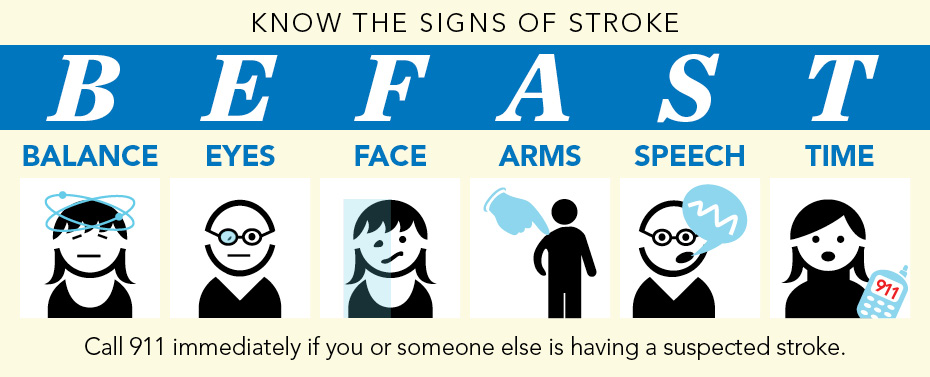Stroke Center

Using a team approach through all phases of stroke care, from pre-hospital ambulance response through assessment, treatment, and rehabilitation, we take into consideration the special needs of stroke patients and their families. We recognize and support the importance of education for all staff and patients, and we support education for the community in stroke prevention, awareness, and treatment.
Primary Stroke Center Designation
Englewood Hospital is a Primary Stroke Center, designated by The Joint Commission. The Certificate of Distinction for Primary Stroke Centers recognizes centers that follow the best practices for stroke care. Certified primary stroke centers:
- Use a standardized method of delivering care
- Support patient self-management activities
- Tailor treatment and intervention to individual needs
- Promote the flow of patient information across settings and providers, while protecting patient rights, security and privacy
- Analyze and use standardized performance measure data to continually improve treatment plans
- Demonstrate their application of and compliance with clinical practice guidelines published by the AHA/ASA or equivalent evidence-based guidelines
About Stroke
A stroke occurs when blood flow to a part of the brain stops. A stroke is sometimes called a “brain attack.” If blood flow is cut off for longer than a few seconds, the brain cannot get nutrients and oxygen. Brain cells can die, causing lasting damage.
There are two major types of stroke:
- Ischemic stroke: occurs when a blood vessel that supplies blood to the brain is blocked by a blood clot.
- Hemorrhagic stroke: occurs when a blood vessel in part of the brain becomes weak and bursts open. This causes blood to leak into the brain. Some people have defects in the blood vessels, such as aneurysm or arteriovenous malformation (AVM) of the brain that make this more likely. Hemorrhagic strokes may also occur when someone is taking blood thinners, such as warfarin (Coumadin). Very high blood pressure may cause blood vessels to burst, leading to hemorrhagic stroke.
Causes and Risk Factors for Stroke
High blood pressure is the main risk factor for strokes. The other major risk factors are:
- Atrial fibrillation
- Diabetes
- Family history of stroke
- High cholesterol
- Increasing age, especially after age 55
- Race (black people are more likely to have a stroke)
Stroke risk is also higher in:
- People who have heart disease or poor blood flow in their legs caused by narrowed arteries
- People who have unhealthy lifestyle habits such as smoking, a high-fat diet, and lack of exercise
- Women who take birth control pills (especially those who smoke and are older than 35)
- Women who are pregnant have an increased risk while pregnant
- Women who take hormone replacement therapy
